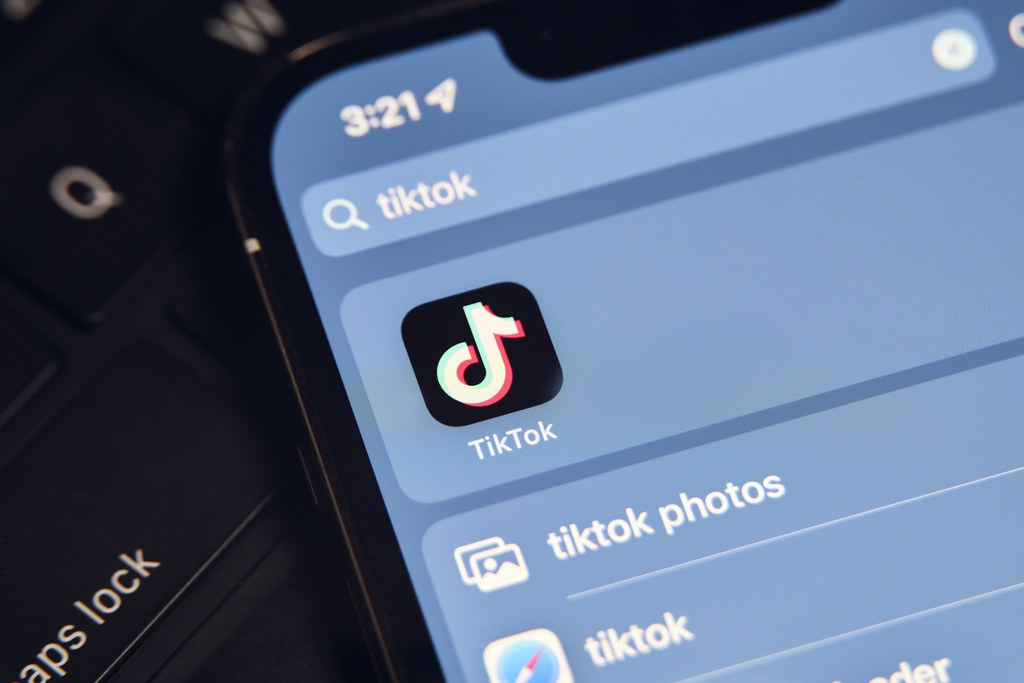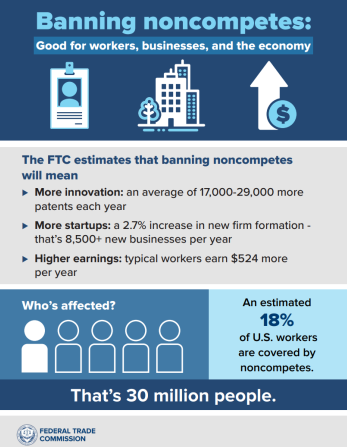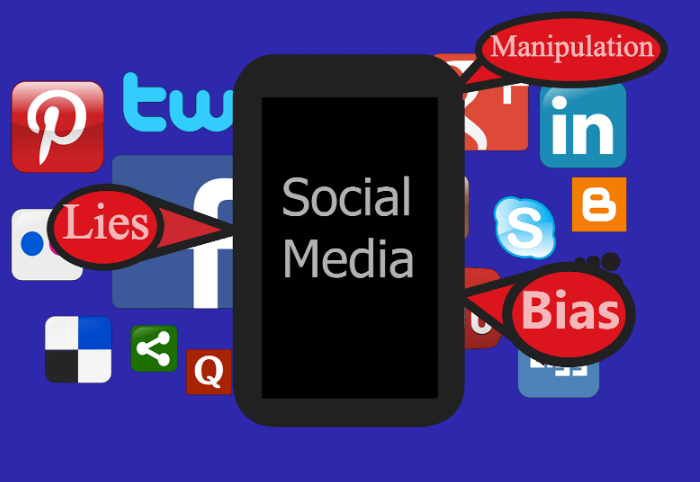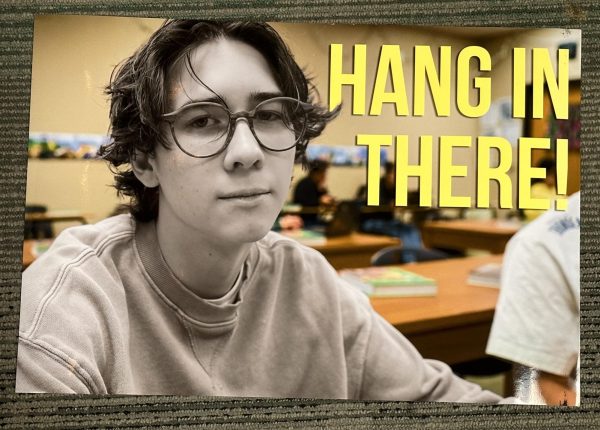Social media’s misinformation crisis
March 21, 2023
In the past decade, social media such as Facebook, Snapchat and Instagram have quickly become a significant part of the United States. As smart devices and the internet become more accessible, social media and its influence becomes more relevant and influential. Unfortunately, this meteoric rise in social media has also created a meteoric rise in misinformation.
Pew Research Center’s studies show that younger age groups tend to use social media more than older age groups. So, not only is there a misinformation crisis because of social media, this crisis tends to impact teenagers, one of the most vulnerable groups of society, much more than other groups.
A study conducted by the University of Southern California found that use of social media can double or triple a person’s likelihood of spreading misinformation. This study also found that reward systems based on social media sites’ ad-based profit models are the most major influence when users spread misinformation, meaning that the spread of misinformation is an essential part of social media.
“The proliferation of false news has consequences for public health because it fuels panic among people and discredits the scientific community in the eyes of public opinion.” –Report on the impact of fake news from social media
Teens are at risk of harm from misinformation more than any other generation’s teens have been because of social media. The potential threat that misinformation poses to this generation’s youth cannot be ignored.
In some cases, misinformation is causing people to impose direct harm on themselves. One such case occurred during the Covid-19 pandemic when the myth that methanol cured Covid-19 spread. This particular piece of misinformation caused the death of at least 800 and hospitalized over 5800 people.
The biggest problem with social media is not that it is spreading information, it’s that the information it’s spreading is not verified or regulated in any way.
The spread of information should ultimately be encouraged, however it’s not enough to just facilitate the spread of information. When spreading information, the information should have systems and rules to help make sure that the spread is effective, efficient and reliable.
A good standard for methods of spreading information would be traditional news sources such as newspapers, journalists, news networks etc. Traditional news sources have provided people with information since people were able to write. Not only is it established and regulated, it provides better quality information that is spread by people that are taught and encouraged to provide true, unbiased information.
In stark contrast to traditional news sources, social media not only often obtains information from second or third hand sources but the information is also unregulated. This relatively new form of obtaining information tends to facilitate much more manipulation and biased information.
While it is true that information is easier to obtain than it ever has been thanks to social media, the harm misinformation inflicts on teens cannot be overlooked. Social media should promote helpful, useful and trustworthy information instead of encouraging misinformation and ultimately manipulating and harming teens. It is the responsibility of those who create social media to ensure that their social media doesn’t encourage misinformation and is having a positive effect on its users, especially teenagers.
